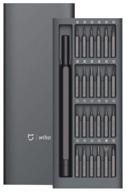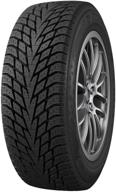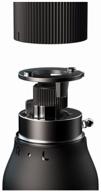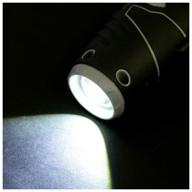
Review on Car Battery Tester HINOY HN108 by Daniel Robinson

The battery capacity test is useful, but the running test is inaccurate and misleading.
Disclaimer: I received this product for free from Vine. I jumped at this product when it became available on Vine as I've always wanted to test a car's battery without having to lug it to an auto parts store. While this device provides useful information about battery capacity, the start test is inaccurate and unreliable. The Hinoy tester is powered by the battery under test. Once the connection is established, the LCD screen will light up and the menu items will appear. After disconnecting, you see nothing, although the device saves the test results in memory. There are three tests available. The first tests the capacity, state of charge and internal resistance of the battery at rest. The second tests the battery voltage during engine cranking and determines the cranking power available. The final test assesses the charging capacity of the alternator and the magnitude of the voltage ripple. The tester does not use the high-current load test typical of traditional battery testers to test internal resistance. Instead, according to the manual, it uses the 4-point Kelvin scale method with an AC signal to test the battery. Of the three tests, the first proved to be the most useful. I tested four different batteries, two of which were purchased within the last 6 months and the capacity shown by the charger was the same for all. One of the new batteries was in a rarely driven car and the charger said it was good at 100% capacity but it was only 35% charged and needed charging. The other two drove regularly and reported charging values in the range of 80%. So far, so good. Unfortunately, the crank test showed erroneous results and was not credible. This test measures the voltage drop when starting the engine. According to the manual, a cranking voltage above 10V is normal, and anything below 9.6 indicates the battery is "very bad" and should be replaced "immediately". I tested three different cars and all three tests showed less than 9 volts. Two of those cars had batteries that were six months old and I knew they were good. I then ran the same test with a handheld multimeter to check the voltage. The multimeter gave me normal readings above 10 volts, which were the expected values. My only conclusion is that the Hinoy tester sent to me is defective or miscalibrated and unreliable at least for the cranking test. The "manual" consists of nine pages of illegible text printed on a double-sided sheet of carbon paper. . He gives a minimum of explanations in a typical grammatical way. Overall, I'm disappointed with the Crank test, although the battery capacity specs seem helpful. I have contacted the seller who has replied and he is in the process of sending me a new unit. I will edit this review after testing the replacement unit. Updated: 08/30/21. The seller was very responsive and quickly sent me a new unit. As much as I would like to say that the unit that was replaced performed differently, I still got the same low readings (7.9-8.8 volts) on the crank test. So, either I have three cars with bad batteries (two batteries less than a year old) that "need to be replaced immediately", or this Hinoy battery tester has a flawed method of checking cranking voltage. My verdict - I have no plans to buy new batteries based on the results of the Hinoy test.
- Battery Tester
- Useless Features
New products
Comments (0)
Top products in 📊 Diagnostic, Test & Measurement Tools
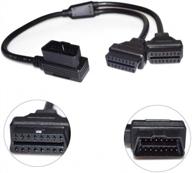
Upgrade Your Car Diagnostics With 16 Pin OBD2 Extension Cable Splitter - Male To Dual Female Y Cable - 50CM

17 Review
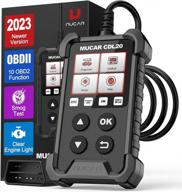
MUCAR CDL20 OBD2 Scanner - Check Engine Code Reader And Diagnostic Scan Tool For All OBD II Protocol Cars Since 1996, With O2 Sensor, EVAP System, And Smog Test Functions

23 Review

Precision Bike Torque Wrench Set for Mountain & Road Bikes - Pro Bike Tool 1/4-Inch Drive with Allen & Torx Sockets, Extension Bar, Dual Readout, and Storage Box

11 Review
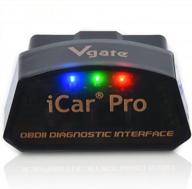
Vgate ICar Pro Bluetooth 3.0 OBD2 Code Reader | Scan Tool For Torque Android To Check Engine Light & Car Faults

19 Review


